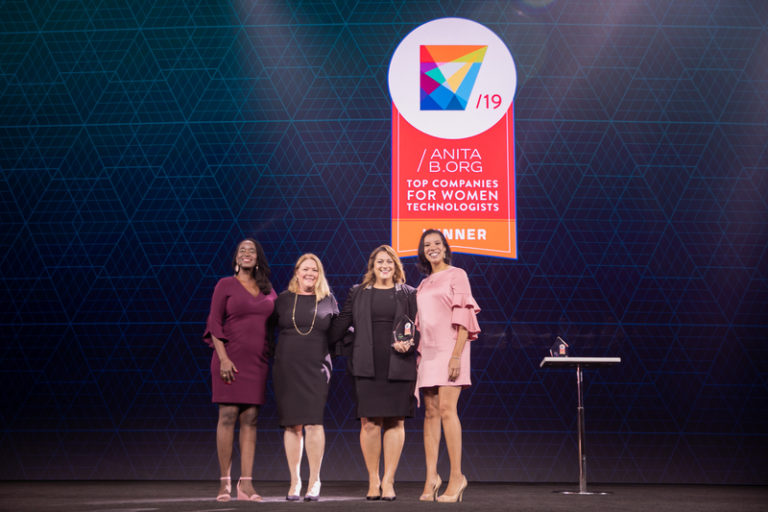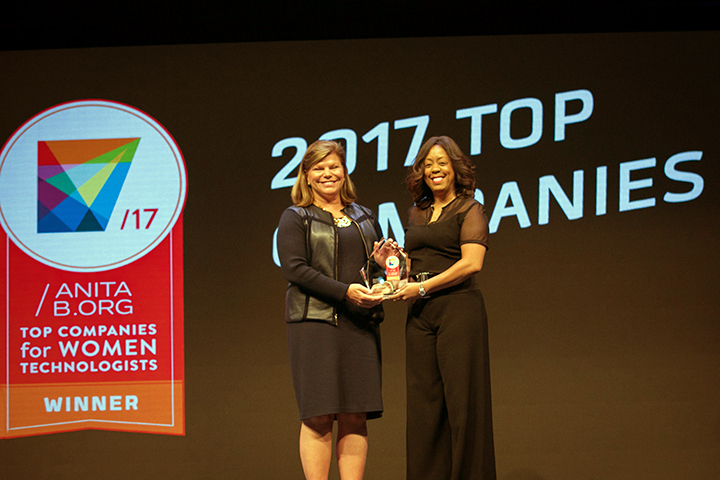Top Companies for Women Technologists



We have paused the Top Companies for Women Technologists program this year. We are currently doing an internal evaluation of the program to assess for impact.
However, if you’d like to continue your work towards creating workplaces where women and non-binary technologists can thrive, AnitaB.org offers Advisory DEI services. These services are customized for a company’s business strategy, workforce profile, cultural values, and consumer market.
Set up a meeting with our President of Advisory Services, Bo Young Lee to explore potential collaboration by emailing ImpactInsights@AnitaB.org. Visit AnitaB.org Advisory to learn more.








